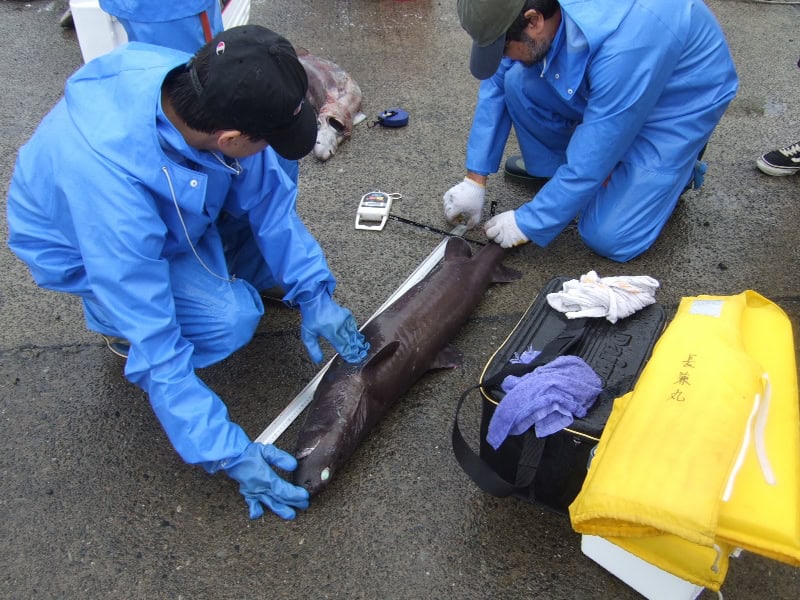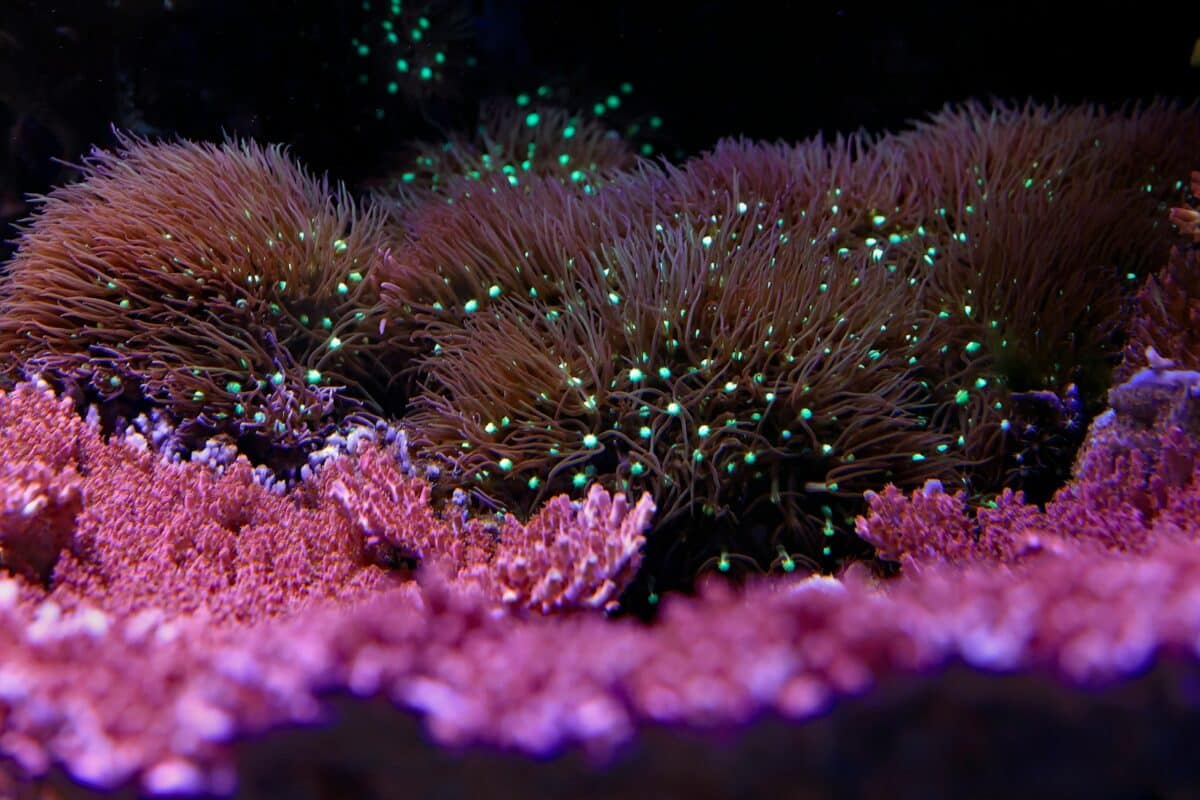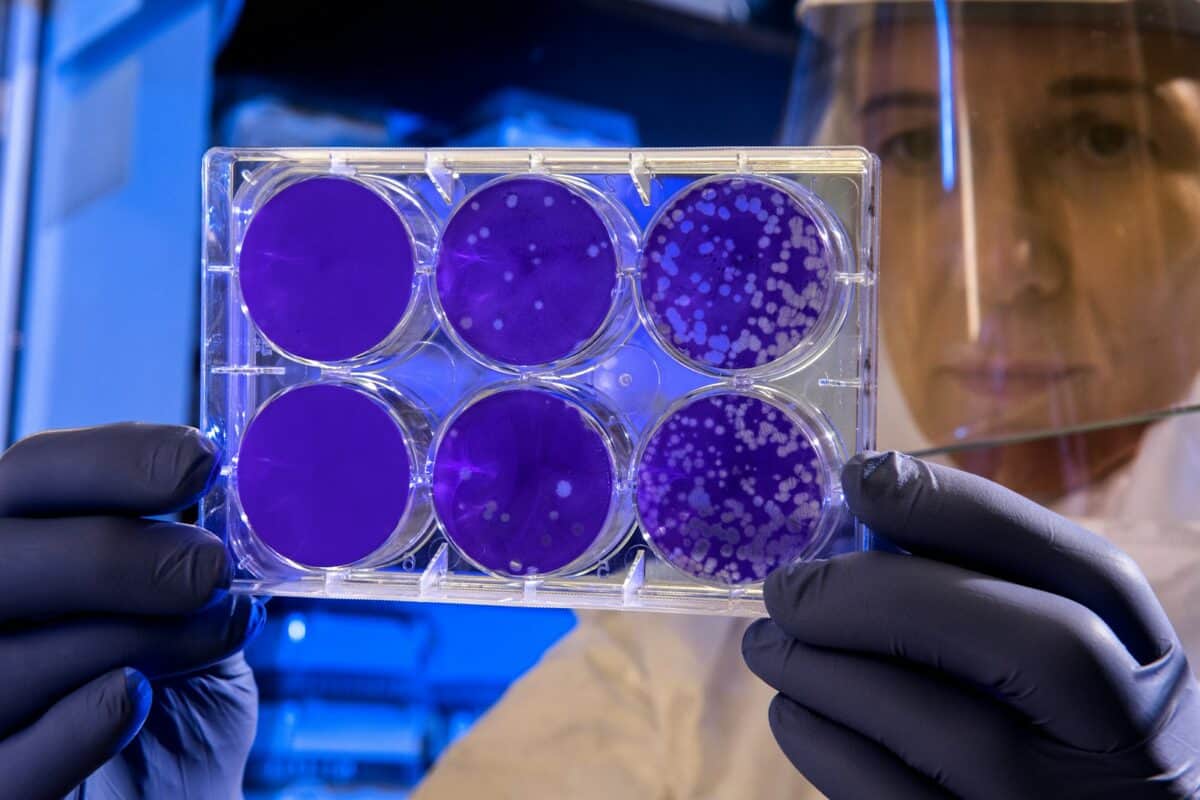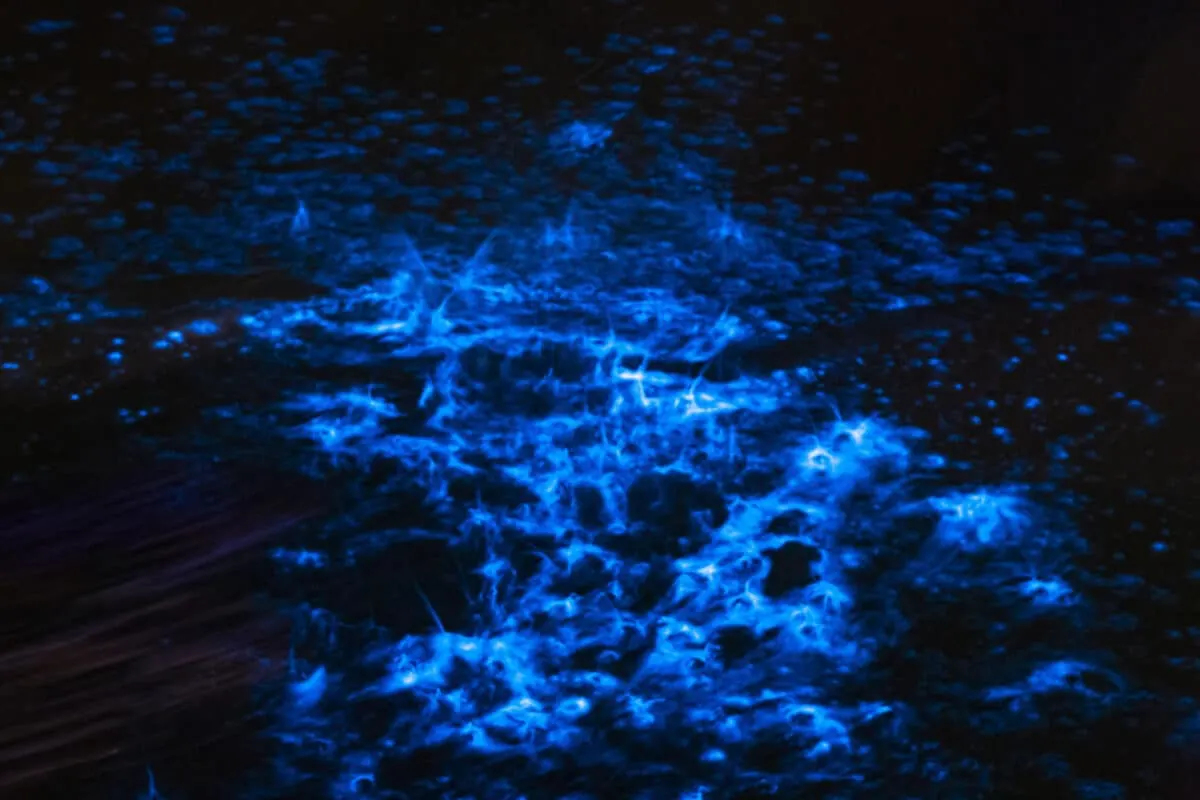Among the myriad wonders of the ocean’s depths, the phenomenon of bioluminescence stands out as one of nature’s most captivating spectacles. Among the creatures capable of producing their own light, bioluminescent sharks have intrigued scientists and enthusiasts alike. Recent discoveries have highlighted a particular species that not only thrives in the dark but also illuminates its surroundings. Here’s an exploration of why these glowing sharks are exciting researchers around the world.
Understanding Bioluminescence

Bioluminescence refers to the ability of living organisms to produce light through chemical reactions within their bodies. This occurs when luciferin, a light-producing compound, reacts with oxygen in the presence of an enzyme called luciferase. The result is the emission of light, which can range in color and intensity. In the aquatic world, this phenomenon serves various biological functions, from attracting mates to deterring predators.
The Glow of the Kitefin Shark

The kitefin shark (Dalatias licha) has recently made headlines for its remarkable ability to glow in the dark. Native to the deep waters off New Zealand, this species resides at depths between 200 and 900 meters, where sunlight barely penetrates. At first glance, the kitefin looks like any other deep-sea dweller, but when observed under specific conditions, it reveals a mesmerizing blue-green glow.
The Mechanism Behind the Glow

Unlike other luminescent sea creatures, the kitefin shark does not rely on symbiotic relationships with bioluminescent bacteria. Instead, it has evolved photophores—specialized light-emitting cells within its skin. These photophores contain the necessary chemical agents to produce light autonomously. The exact biochemical pathways remain a subject of active investigation, with researchers eager to decipher the genetic and molecular drivers of this capability.
Potential Benefits of Bioluminescence

For the kitefin shark and other luminescent species, glowing offers multiple adaptive advantages. It aids in camouflage, breaking up the shark’s silhouette against the faint residual light filtering down from above. This counter-illumination helps the shark avoid being a silhouette against the brighter water surface, thus eluding predators and prey. Additionally, the glow might also play a role in social signaling among sharks.
Research Significance and Implications

The discovery of a glowing shark species presents exciting research avenues across multiple scientific disciplines. By studying the kitefin shark, researchers hope to gain insights into the evolutionary processes that have enabled such adaptations. Furthermore, understanding the biochemical makeup of these photophores might pave the way for advances in bioengineering and medical imaging technology.
Challenges in Studying Deep-sea Sharks

Studying deep-sea creatures such as the kitefin shark involves considerable challenges. The environment in which these sharks live is hostile to humans, requiring specialized equipment and techniques for observation and specimen collection. Remote-operated vehicles and deep-sea submersibles have become valuable tools for scientists seeking to interact with and learn about these elusive species.
Comparisons with Other Glowing Marine Life

Bioluminescent organisms are not unique to sharks; numerous marine species, from jellyfish to certain types of algae, can glow under certain conditions. However, what sets the kitefin and its bioluminescent kin apart is their size and complexity. While many glowing sea creatures are known for their simplicity, sharks offer a much more complex framework for studying bioluminescence.
Biodiversity and Evolutionary Context

The phenomenon of bioluminescence is a vivid reminder of the ocean’s biodiversity and the varied evolutionary paths different species have taken. The glowing ability of the kitefin shark suggests an ancient lineage that adapted to the challenging conditions of the deep sea long before human curiosity arrived. This evolutionary marvel underscores the adaptability and resilience of marine life.
Applications in Modern Science

The study of bioluminescence has already contributed to various scientific fields. Techniques such as tracking cancer cells or mapping brain neurons employ bioluminescent markers inspired by natural luminescence. The glowing biology of sharks could lead to further breakthroughs in these and other areas, including biotechnology and environmental sciences.
Conservation Concerns

Despite the excitement surrounding their discovery, bioluminescent sharks face threats like many oceanic species. Overfishing, habitat destruction, and climate change pose significant risks to their populations. As exciting as these discoveries are for science, they also highlight the importance of preserving marine habitats and the biodiversity they support.
Bioluminescent sharks, particularly the enigmatic kitefin, have opened new doors in the realm of marine science. Their ability to glow in the dark is not just a spectacle but a key to understanding deep-sea ecosystems and evolutionary biology. As researchers continue to explore and unravel these mysteries, it becomes increasingly clear that the stories of the ocean are far deeper than the eye can see. The study of these luminescent marvels offers not only scientific insights but also a call to action for conservation and the importance of maintaining the health of our oceans for future generations.
- The World’s Most Poisonous Frog Can Kill Ten Men with One Touch - August 21, 2025
- Why Elephants Mourn Their Dead Just Like Humans Do - August 21, 2025
- Where to Watch Wild Horses Run Free in the U.S. - August 21, 2025

